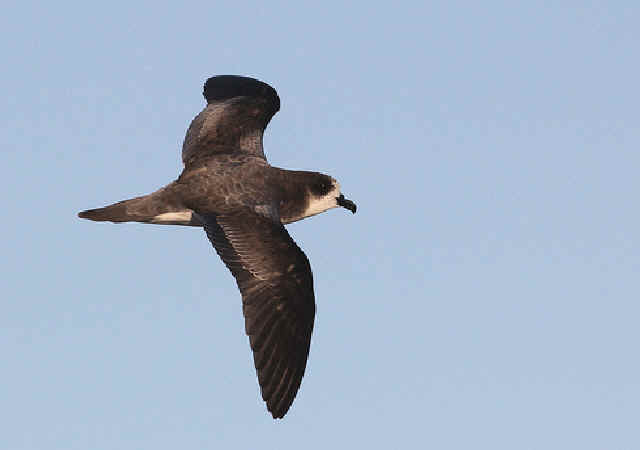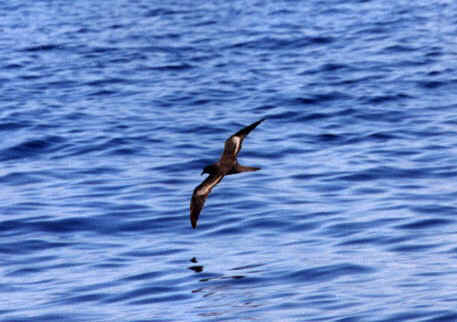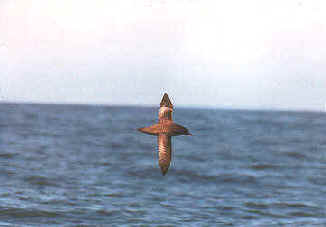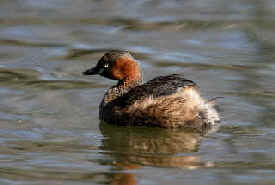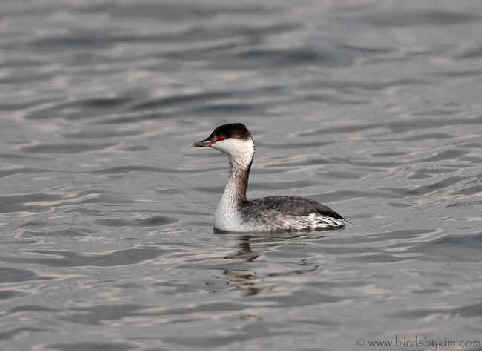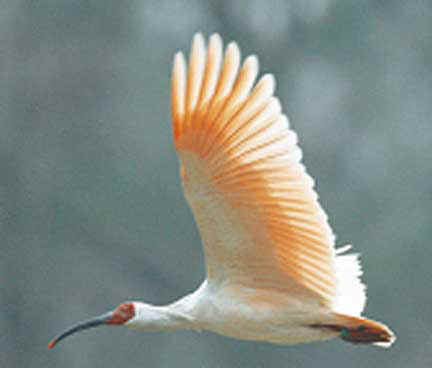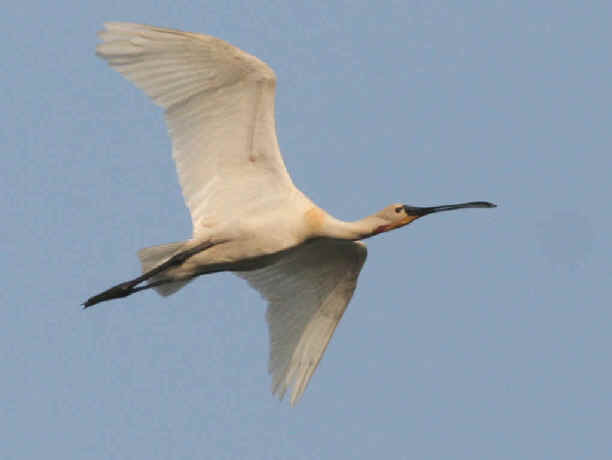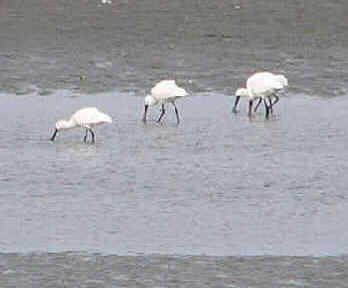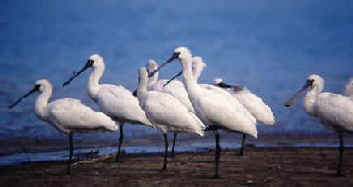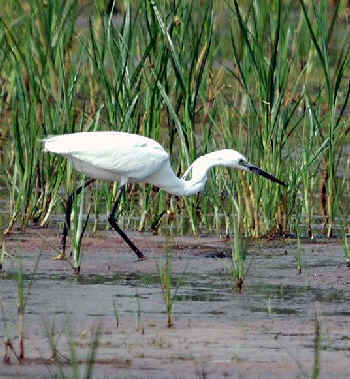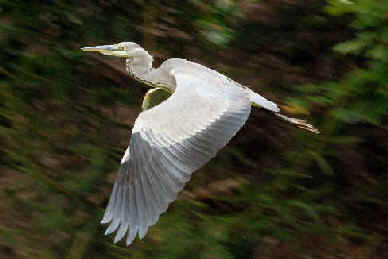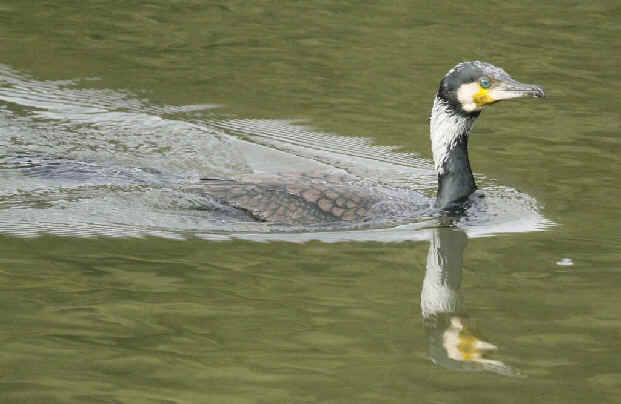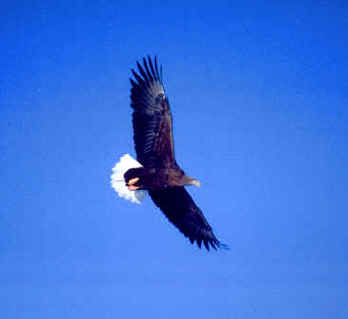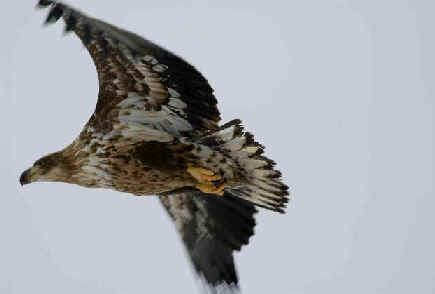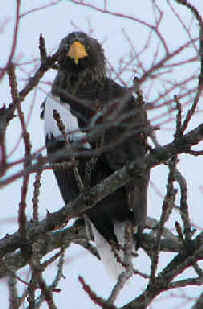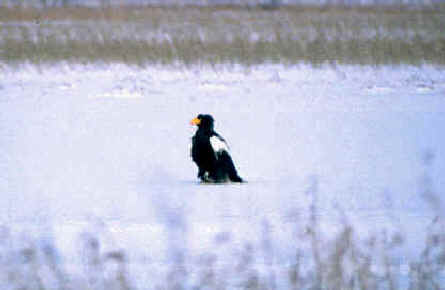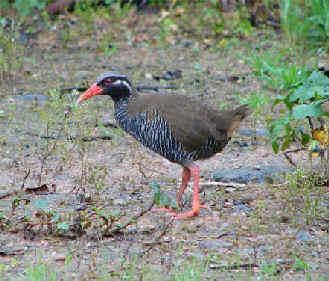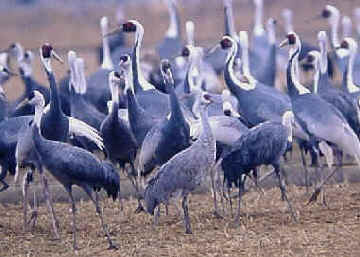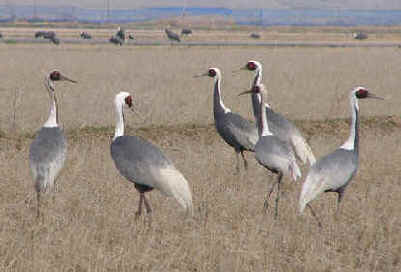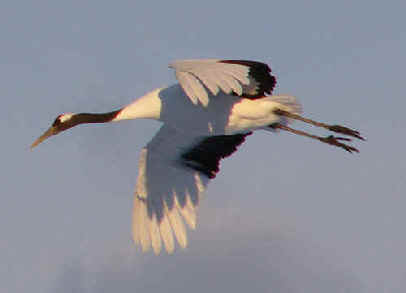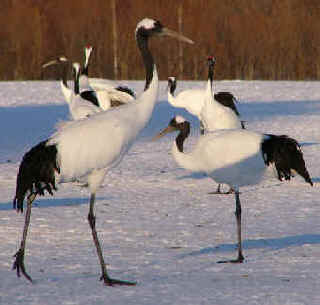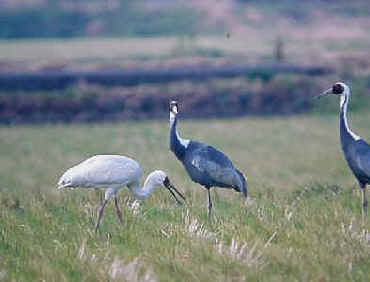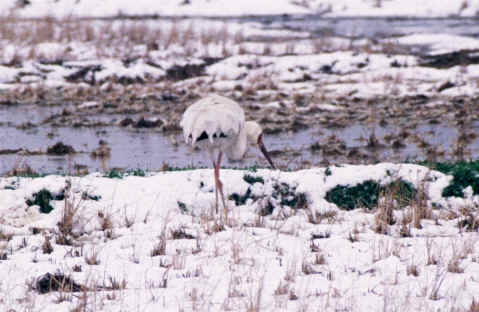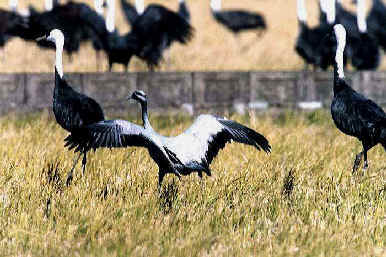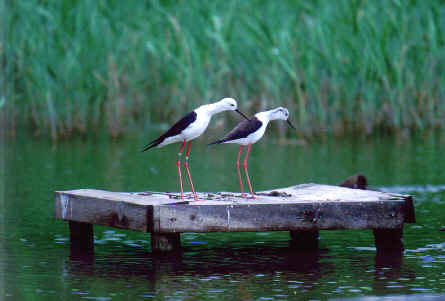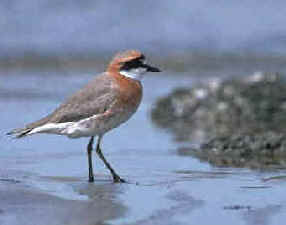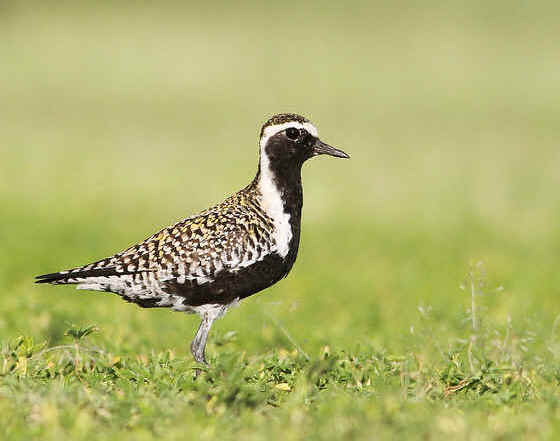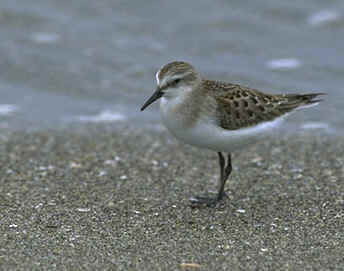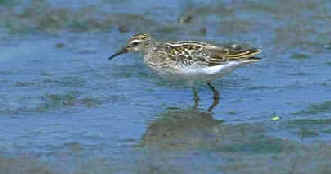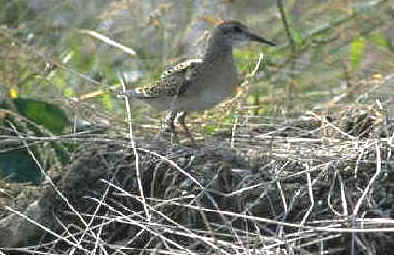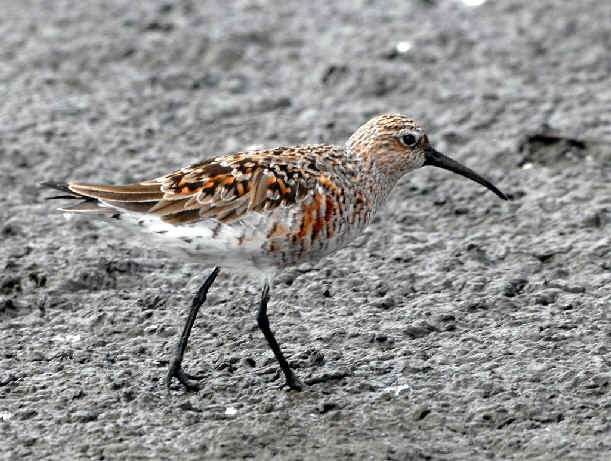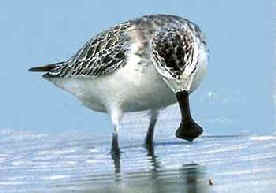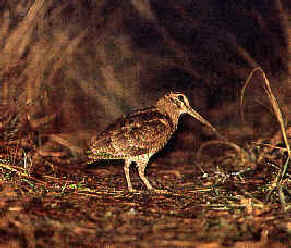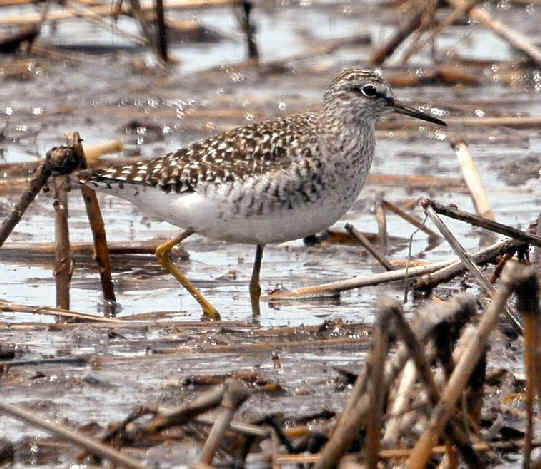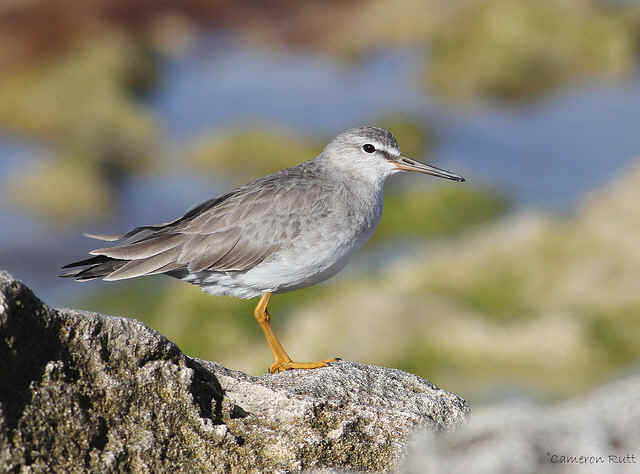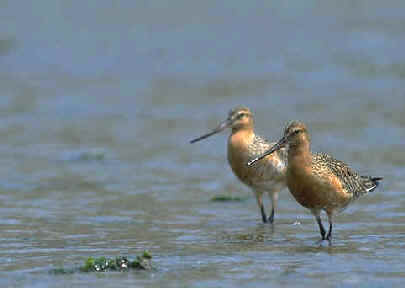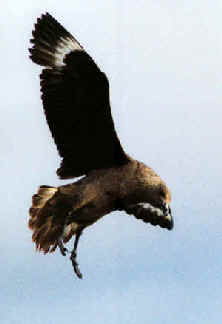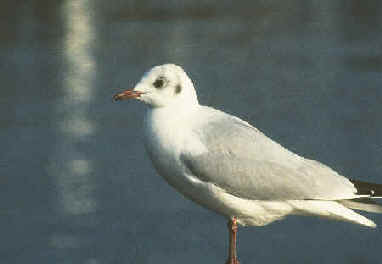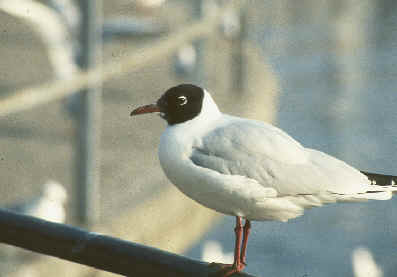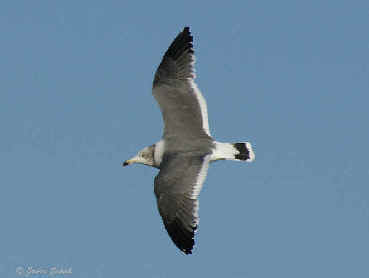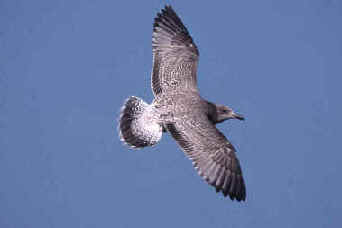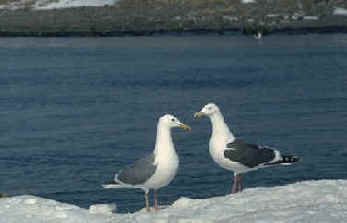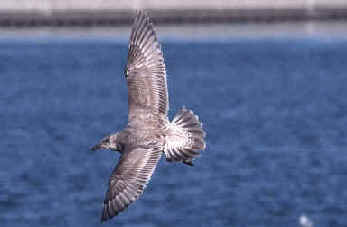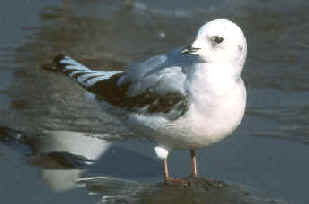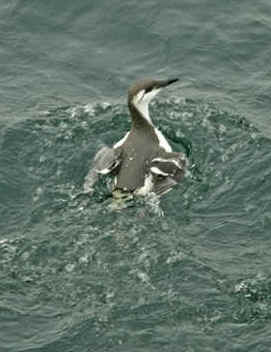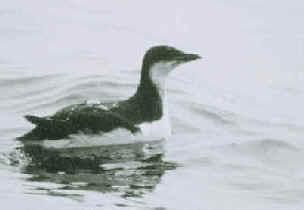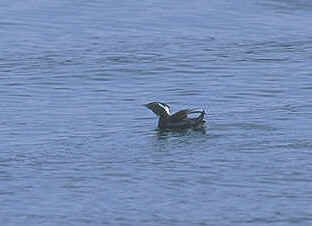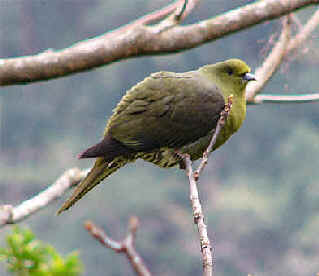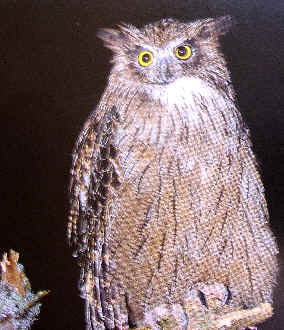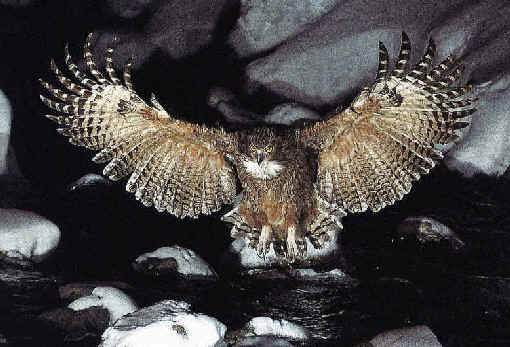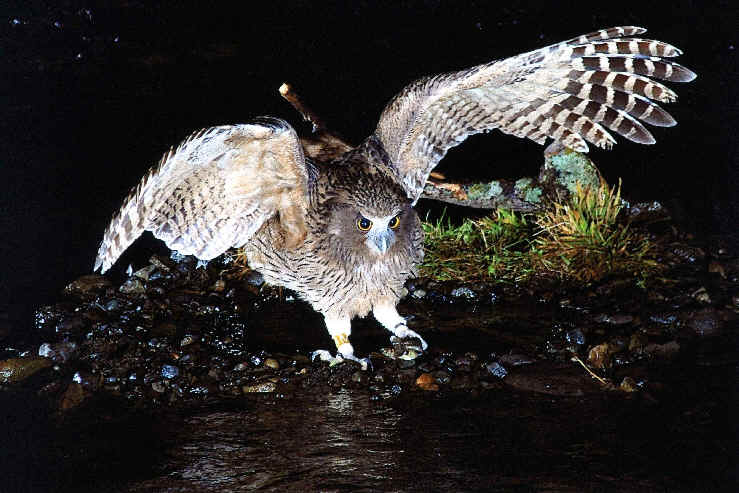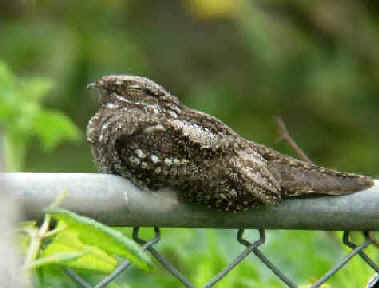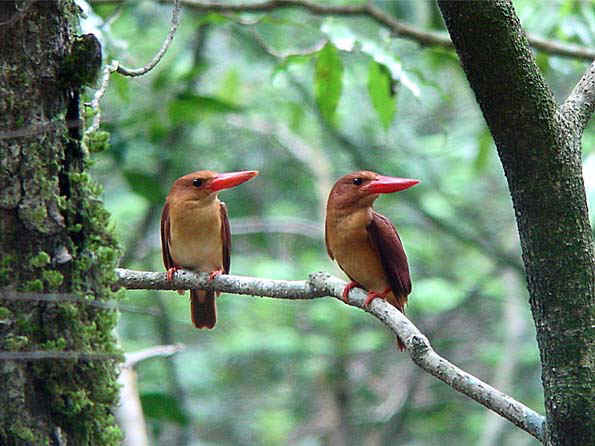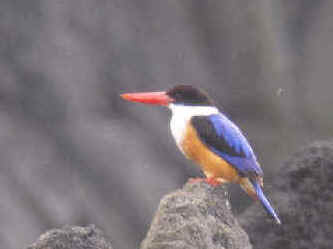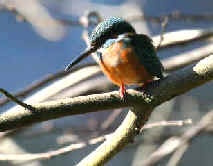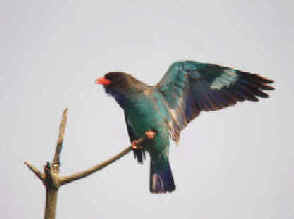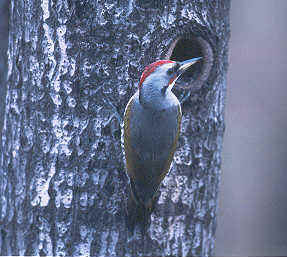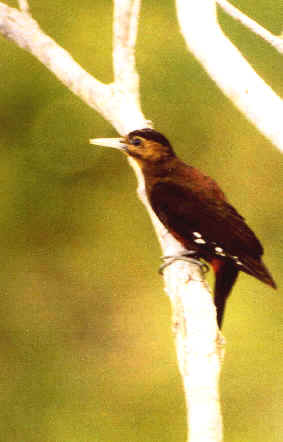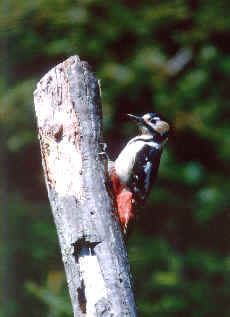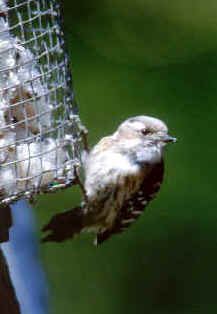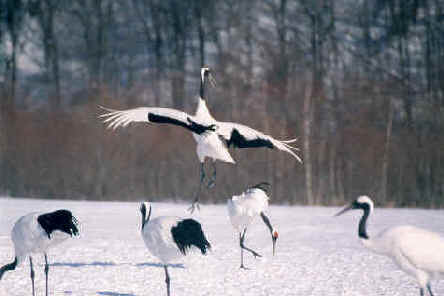 Japan
Birds
Japan
Birds
from Pheasants
to Pittas
noting those during
Focus On Nature Tours
with an (*)
1994 thru 2015
during the months of
January, February, April, May, June,
July, October, November, and December
Part 1 of a List of Japan Birds
with some photos,
compiled by Armas Hill, the leader of FONT tours in Japan
Upper right photo: RED-CROWNED CRANES in Hokkaido, as seen during the FONT
Winter Tours
(The RED-CROWNED CRANE is also known as the JAPANESE CRANE)
Link:
Part
#2 of this List of Japan Birds: Minivets to Buntings
There have been 24 FONT Fall
& Winter birding & nature tours in Japan: FW
There have been 13 FONT Spring & Summer birding & nature tours in Japan:
SS
During our 37 FONT tours in Japan, 397 species of birds have cumulatively been found.
In the following list, Japanese bird
names follow English names.
Codes:
(i): an introduced species in Japan
(t): a globally threatened or
rare species, designated by Birdlife International.
(t1): critical
(t2): endangered
(t3): vulnerable
(nt): considered a
near-threatened species globally
(JAr): rare in Japan
(JArs): rare in Japan in spring/summer
(JArw): rare in Japan in
winter
(JAe): Japanese endemic
(JAeb): Japanese endemic breeder
(JAneb): Japanese near-endemic breeder
FW: Seen during FONT Fall
& Winter Japanese birding tours.
SS: Seen during FONT Spring & Summer Japanese birding tours.
In the list that follows,
relating to birds during FONT tours, the Japanese islands & the months
are noted.
HN:
on Honshu
HI:
on Hegura Island (Hegura-jima) in the Sea of Japan off
Honshu. (Hegura Island visited during
our Spring tours)
HK: on Hokkaido
KY: on Kyushu
AM: on Amami
OK: on Okinawa
NS:
in the southern Japanese islands of Nansei Shoto (other than Amami
& Okinawa).
(p): following the 2-letter island code, indicates also during
an offshore pelagic trip
(po): following the 2-letter island code. indicates only during an
offshore pelagic trip
(ph): species with a photo in this FONT web-site
Links to Bird Groupings in this List:
Waterfowl
Loons (or Divers)
Seabirds Grebes
Storks, Ibises, Spoonbills
Bitterns, Herons, Egrets Boobies, Cormorants
Raptors Rails, Crakes, Allies
Cranes Shorebirds
Skuas, Gulls, Terns
Alcids Pigeons & Doves
Cuckoos
Owls
& Nightjar Swifts
Kingfishers, Dollarbird,
Hoopoe Woodpeckers
Pittas
Other Links:
Upcoming FONT Birding & Nature Tours in Japan
Upcoming FONT Tours Elsewhere
FONT
Past Tour Highlights Photo Galleries &
Narratives from past FONT tours
Birds during Previous FONT
Japan tours on various islands:
Hokkaido
Honshu
(over
300 species) Hegura Island
(with some photos)
the Island of Amami
the island of Okinawa
Rare
Birds of Japan, including those during FONT Tours (with
some photos)
Japanese Mammals
(with some photos)
Japanese Butterflies
(with some photos)
Directory
of Photos in this Website

List of Japan Birds,
noting those during Focus On Nature Tours (Part #1):
- Copper Pheasant
(Yamadori = mountain bird) (nt) (JAe)
(*) (ph) ______ SS,FW HN:jan,apr,may
KY:jan,may,dec
Syrmaticus soemmerringii
Syrmaticus s. subrufus (subspecies
on Honshu)
Syrmaticus s. ijimae (subspecies
on Kyushu)
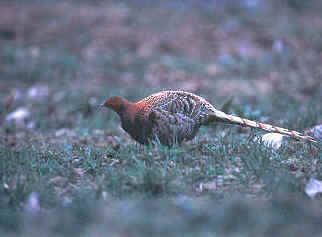
Copper Pheasants have been seen during FONT tours in Honshu & Kyushu
- Green Pheasant
(Kiji) (JAe)
(*) ______
SS,FW HN:jan,apr,may,jun,oct
KY:jan,feb,nov,dec
Phasianus versicolor
Phasianus v. tohkaidi
(subspecies on Honshu)
Phasianus v. tanensis (subspecies
on Kyushu)
The Green Pheasant has been considered conspecific with the Common
Pheasant, native to Eurasia, Phasianus colchicus.
- Common
(or Ring-necked) Pheasant (i) ______
Phasianus colchicus
In Japan, Phasianus colchicus is only in Hokkaido.
- Hazel Grouse (Ezo-raicho
= Hokkaido ptarmigan)
______
Tetrastes bonasia vicinitas
- Rock Ptarmigan (Raicho
= thunder bird)
(ph) ______
Lagopus muta japonica
- Japanese Quail (Uzura) ______
Coturnix japonica
(monotypic)
- Barred Buttonquail (Mifu-uzura)
______
Turnix suscitator okinavensis
- Chinese Bamboo Partridge
(Kojukei = small ribbon fowl, and imitative of its
call-note) (i) (*) ______ FW KY:jan,feb,may,dec
Bambusicola t. thoracica
WATERFOWL
- Lesser Whistling Duck (Ryukyu-gamo)
(JAr) ______
Dendrocygna javanica
Now an accidental visitor in Japan, the Lesser Whistling Duck
was formerly a resident.
- Mute Swan (Kobu-hakucho = wen swan)
(i) (*) (ph) ______ SS,FW HN:jan,feb,may,jun,dec
HK:jun,dec KY:jan,nov
Cygnus olor (monotypic)
- Black Swan (i) ______ FW
HN:jan
Cygnus atratus
- Whooper Swan (O-hakucho = big white bird) (*)
(ph) ______ SS,FW HN:jan,feb,nov
HK:jan,feb,nov,dec
Cygnus cygnus (monotypic)
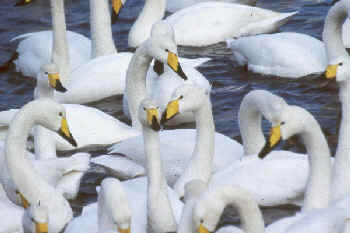
Whooper Swans photographed in Hokkaido
during a FONT Winter Tour in Japan
(photo by Alan Brady)
- "Bewick's" Tundra Swan
(Ko-hakucho = smaller white bird) (*) ______ FW
HN:jan HK:nov KY:jan,feb,nov
Cygnus columbianus
bewickii
The "Bewick's"
Tundra Swan is conspecific with the "Whistling" Tundra
Swan of North America.
- Trumpeter Swan (JAr) ______
Cygnus buccinators
(monotypic)
The Trumpeter Swan has wintered in northern Japan.
- Greylag Goose
(Haiiro-gan = ash-colored, or gray goose)
(JAr) (*) (ph) ______
SS,FW HK:may,dec
Anser anser rubrirostris
- Greater White-fronted
Goose (Ma-gan = true goose) (*) ______ FW HN:jan,nov HK:nov,dec KY:jan
Anser albifrons frontalis
- Bean Goose (Hishikui = eater of water
chestnuts) (*)
______ FW HN:jan,feb,nov HK:nov KY:jan
Anser fabalis middendorffii: Taiga
Bean Goose
Anser fabalis serrirostris:
Tundra Bean Goose
- Snow Goose (Haku-gan
= white goose)
(JAr) (*) (ph) ______ FW HN:jan,nov
Anser
(formerly Chen) caerulescens hyperboreus
- Swan Goose (Sakatsura
= tipsy-faced goose)
(t2) (JAr) ______
Anser cygnoides
(monotypic)
- Lesser White-fronted Goose (Karigane
= strong-voiced goose)
(t3) (JAr)
______
Anser erythropus (monotypic)
- Emperor Goose (Mikado-gan) (nt)
(JAr) ______
Anser (formerly Chen) canagicus (monotypic)
In Asia, the Emperor Goose is extremely rare south of Kamchatka. It
has occurred as an accidental in Japan.
- Bar-headed Goose
(Indo-gan) (JAr) ______
Anser indicus (monotypic)
The Bar-headed Goose, that breeds at high altitudes in
central Asia, has occurred as a straggler in Japan.
- "Black" Brant (or
Brent Goose)
(Koku-gan = black goose) (*)
______ FW HK:jan,nov
Branta bernicla nigricans
- (Greater) Canada Goose (Shijukara-gan
= titmouse goose)
(JAr) ______
Branta canadensis
A very large, apparently wild goose in Hokkaido in 2006 was seemingly Branta
canadensis parvipes.
- Cackling
(or Lesser Canada) Goose (JAr) ______
Branta hutchinsii minima (Cackling Goose)
Branta hutchinsii leucopareia (Aleutian Goose)
The "Aleutian Goose" formerly bred in northeast
Russia. In Alaska, with the eradication of foxes at its breeding grounds,
its population has been increasing.
In Japan, it has been a very rare, but now increasing, visitor from
October to April.
- Common Shelduck
(Tsukushi-gamo = duck of ancient
Kyushu)
(*) ______ FW KY:jan,feb AM:jan
Tadorna tadorna (monotypic)
- Ruddy Shelduck (Aka-tsukushi-gamo)
(JAr) ______
Tadorna feruginea (monotypic)
- Crested Shelduck (Kanmuri-tsukushi)
______ (now presumed globally extinct)
Tadorna cristata
The last reliable sighting of the Crested Shelduck was of 1
male and 2 females on an island off eastern Russia in May
1964.
- Mandarin Duck
(Oshidori) (nt)
(*) (ph) ______ SS,FW HN:jan,feb,apr,may,oct,nov,dec HK:jun
KY:jan,feb,nov,dec OK:nov
Aix galericulata (monotypic)
Regarding the MANDARIN DUCK, go
to: RARE BIRDS OF JAPAN
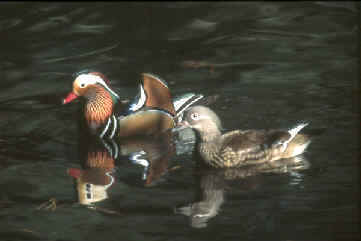
A Pair of Mandarin Ducks photographed during a FONT tour in Japan
- Cotton Pygmy Goose
(Nankinoshi) (JAr)
______ (also called Cotton Teal)
Nettapus c. coromandelianus
- Eurasian Wigeon (incl
green-faced form) (Hidori-gamo = red bird duck) (*) (ph) ______ SS,FW HN:jan,feb,apr,may,oct,nov,dec HI:may
HK:jan,feb,may,jun,nov,dec KY:jan,feb,nov,dec AM:jan,feb,nov,dec
Anas penelope (monotypic)
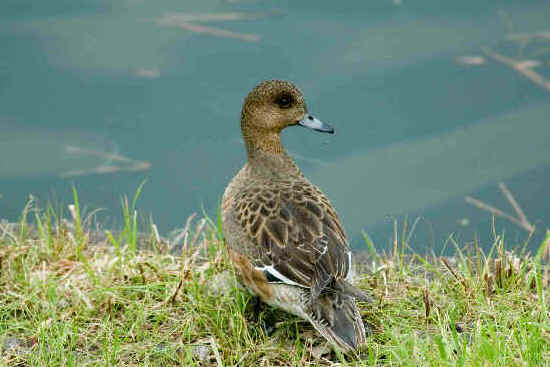
A Eurasian Wigeon, photographed during FONT's
January/February 2009 Tour in Japan
(photo by Karl Frafjord)
- American Wigeon
(Amerika-hidori) (JAr)
(*) (ph) ______ FW HN:jan,feb HK:dec KY:feb
Anas americana (monotypic)
- Falcated Duck
(Yoshi-gamo = marsh-reed duck) (nt)
(*) (ph) ______ SS,FW HN:jan,feb,may,nov
HK:jan,feb,nov,dec
KY:jan,nov,dec
Anas falcata (monotypic)
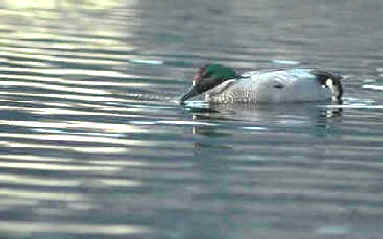
The Falcated Duck is one of the attractive Asian species of waterfowl
seen during FONT tours in Japan.
- Baikal Teal (Tomoe-gamo = resembling a "tomoe") (t3)
(*) (ph) ______ FW HN:jan,feb,nov KY:jan
Anas formosa (monotypic)
A tomae is a Japanese abstract shape described as a swirl that
resembles a comma or the usual form of a macatoma.
It is a common design element in Japanese family emblems and corporate
logos.
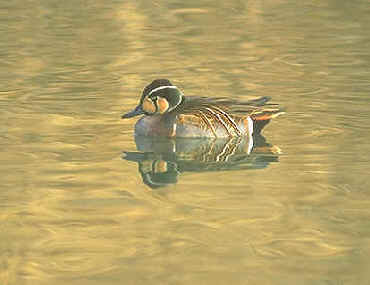
The now-rare Baikal Teal has been seen during FONT Winter Tours
in Honshu & Kyushu
- Eurasian Teal
(Ko-gamo = little duck)
(*) (ph) ______ SS,FW HN:jan,feb,apr,may,oct,nov,dec
HK:jan,feb,nov,dec KY:jan,feb,nov,dec AM:jan
OK:jan,feb,nov
Anas c. crecca
The Eurasian Teal has been considered conspecific with the Green-winged Teal of North America.
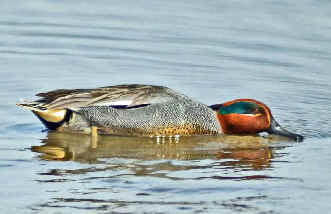
Eurasian Teal
(photo by Howard Eskin)
- Garganey (Shimaaji = striped teal, also
"tasty duck") (*)
______ SS HN:apr,may
Anas querquedula (monotypic)
- Gadwall (Okayoshi-gamo = upland reed duck)
(*) (ph) ______
SS,FW HN:jan,feb,apr,may,dec
HK:jun,dec KY:jan,feb,dec AM:jan OK:jan
Anas s. strepera
- Mallard (Ma-gamo = true duck) (*)
(ph) ______ SS,FW HN:jan,feb,apr,may,oct,nov,dec HI:may
HK:jan,feb,may,jun,nov,dec KY:jan,feb,may,jul,nov,dec AM:jan,nov,dec
OK:jan,feb
Anas p. platyrhynchos
- Eastern Spot-billed Duck
(Karu-gamo = light-weight duck) (*)
(ph) ______ SS,FW HN:jan,feb,apr,may,jun,oct,nov,dec HI:apr,may
HK:jan,feb,may,jun KY:jan,feb,may,jul,nov,dec
AM:jan,feb,jul,nov,dec OK:may,nov
Anas zonorhyncha
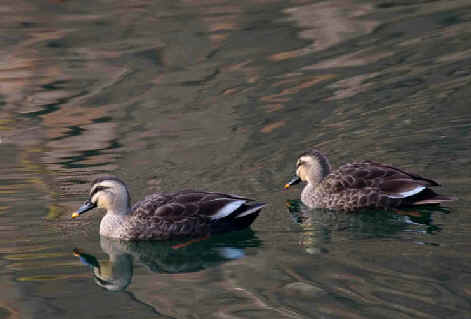
Eastern Spot-billed Ducks photographed
during the Jan/Feb 2009 FONT Japan Tour
(photo by
Karl Frafjord)
- Northern Pintail
(Onaga-gamo = long-tailed duck) (*)
(ph) ______ SS,FW HN:jan,feb,apr,may,oct,nov,dec
HK:jan,feb,may,nov,dec KY:jan,nov,dec AM:feb,nov,dec OK:jan,feb,may
Anas acuta (monotypic)
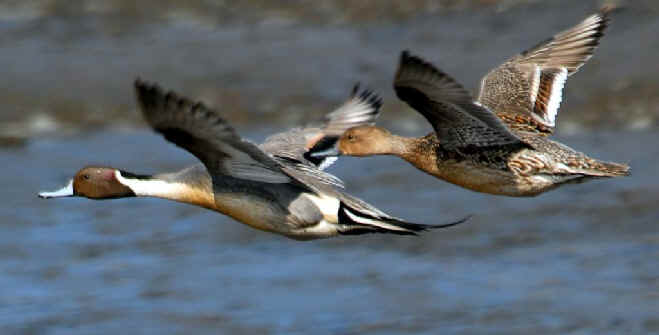
A Pair of Northern Pintails in flight
(photo by Howard Eskin)
- Northern Shoveler
(Hashibiro-gamo = broad-billed
duck) (*)
(ph)
______ SS,FW HN:jan,feb,apr,may,jun,oct,dec
HK:jan,feb,nov,dec
KY:jan,dec AM:jan,dec OK:feb,nov
Anas clypeata (monotypic)
- Philippine Duck
(Akanodo-karugmo) (JAr) ______
Anas luzonica
- Red-crested Pochard
(Akahashi-hajiro) (JAr) (*) ______
FW HN:feb
Netta rufina (monotypic)
- Common Pochard
(Hoshi-hajiro = star white-wing) (*)
(ph) ______ SS,FW HN:jan,feb,apr,may,oct,nov,dec
HK:jan,feb
KY:jan,dec OK:jan
Aythya ferina (monotypic)
- Baer's Pochard
(Aka-hajiro
= red scaup)
(t1) (JAr) (*) ______ FW HN:jan
Aythya baeri (monotypic)
- Ring-necked Duck
(Kubiwa-kinkuro) (JAr)
(*) (ph) ______ FW HN:jan
Aythya collaris (monotypic)
- Tufted Duck (Kinkuro-hajiro = golden black
scaup)
(*) (ph) ______
SS,FW HN:jan,feb,apr,may,oct,nov,dec
HK:jan,feb,jun,nov,dec KY:jan,dec OK:jan
Aythya fuligula (monotypic)
- Greater Scaup
(Suzu-gamo
= bell duck, from the whistle of the wings) (*) ______ SS,FW HN:jan,feb,apr,may,oct,nov
HK:jan,feb,jun,nov,dec KY:nov,dec
Aythya marila mariloides
- Lesser Scaup (Ko-suzu-gamo)
(JAr)
(ph) ______
Aythya affinis (monotypic)
- Redhead (Amerika-hoshi-hajiro)
(JAr) (ph) ______
Aythya americana
(monotypic)
- Ferruginous Duck
(Mejiro-gamo)
(nt) (JAr) ______
Aythya nyoca
(monotypic)
The Ferruginous Duck is also called the White-eyed Pochard.
- Steller's Eider
(Ko-kewata-gamo = small quilt duck)
(JAr) (*) (ph) ______
Polysticta stelleri
(monotypic)
- Harlequin Duck (Shinori-gamo
= aurora duck)
(*) (ph) ______ SS,FW HN:jan,may,dec
HK:jan,feb,jun,nov,dec
Histrionicus histrionicus (pacificus) (now monotypic, with
pacificus merged) (the single member of its genus)
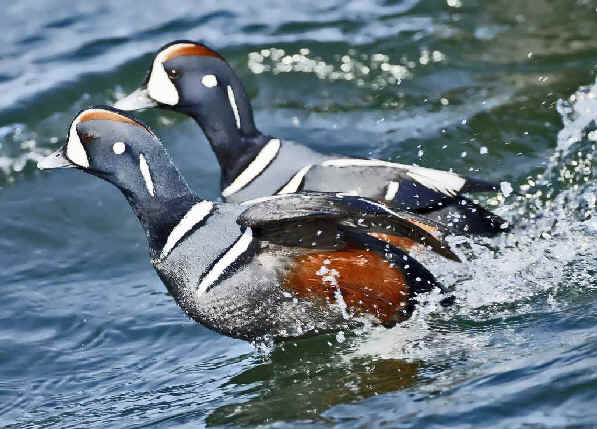
Harlequin Ducks are usually seen in large numbers
during late-fall & winter FONT Japan tours in Hokkaido.
Here, in this photo, two males.
(photo by James Greenwood)
- Long-tailed Duck
(Kori-gamo
= ice duck)
(t3) (*) (ph) ______ FW HK:jan,feb,nov,dec
Clangula hyemalis (monotypic, and the single member of its genus)
The Long-tailed Duck was called
Oldsquaw in North America.
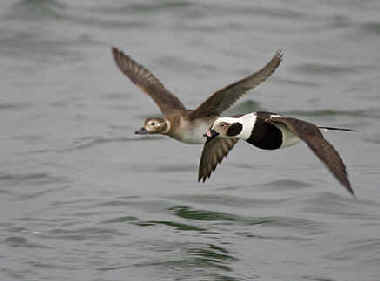
The Long-tailed Ducks is yet another attractive species of waterfowl
seen nicely during late-fall & winter FONT Japan tours in Hokkaido.
(photo by Kim Steininger)
- Black Scoter (Kuro-gamo = black duck)
(nt) (*) (ph) ______ SS,FW HN(p):jan,feb,apr,may
HK:jan,feb,apr,jun,nov,dec
Melanitta americana
The Black Scoter was considered conspecific with the Common Scoter of Europe, Melanitta nigra.
- Asian White-winged Scoter
(Birodo-kinkuro
= velvet gold-back)
(*) ______
FW HK:jan,feb,nov,dec
Melanitta stejnegeri
The Asian White-winged Scoter was conspecific with the American
White-winged Scoter, Melanitta
deglandi, and previously was so with the Velvet Scoter of
Europe, Melanitta fusca.
- Surf Scoter
(Aranami-kinkuro)
(JAr) (ph) ______
Melanitta perspicillata
- Bufflehead (Hime-hajiro
= princess or dainty scaup)
(JAr) (*) (ph) ______
FW HK:jan
Bucephala albeola (monotypic)
- Common Goldeneye
(Hojiro-gamo = white-cheeked duck) (*)
(ph) ______ FW HN:jan,feb
HK:jan,feb,nov,dec KY:jan
Bucephala c. clangula
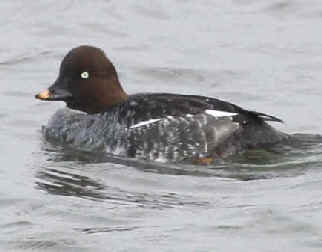
A female Common Goldeneye
- Smew (Miko-aisa
= son of god merganser)
(*) ______ SS,FW HN:jan,feb,apr,may,jun,dec
HK:jan,feb,nov,dec KY:jan
Mergellus
(formerly Mergus) albellus (monotypic, and the single
member of its genus)
- Red-breasted Merganser
(Umi-aisa = sea merganser)
(*) (ph) ______
SS,FW HN:jan,feb,apr,may HI:may
HK:jan,feb,nov,dec KY:jan
Mergus serrator (monotypic)
- Scaly-sided (or Chinese)
Merganser (Korai-aisa) (t3) (JAp) (*) ______ FW HN:jan
Mergus squamatus (monotypic)
Regarding the SCALY-SIDED MERGANSER, go to: RARE BIRDS OF JAPAN
- Common Merganser (or Goosander)
(Kawa-aisa
= river merganser)
(*) (ph) ______
SS,FW HN:jan,feb,may
HK:jan,feb,may,jun,nov,dec
Mergus m. merganser
LOONS
- Yellow-billed Loon (or White-billed
Diver) (Hashijiro-abi = white-billed
loon)
(JAr) (*) ______ FW HN(po);jan HK:jan
Gavia adamsii (monotypic)
- Red-throated Loon (or Red-throated
Diver) (Abi) (*)
(ph) ______
FW HN:jan HK:jan,nov
Gavia stellata
(monotypic)
- Pacific Loon (or Pacific
Diver) (Shiroeri-ohamu) (*)
(ph)
______ SS,FW HN(p):jan,feb,apr,may,nov,dec HI:may
HK:jan,feb,jun,nov,dec
Gavia pacifica (monotypic)
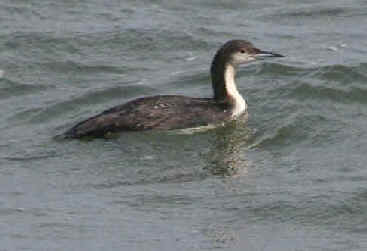
A Pacific Loon
- Arctic Loon (or Black-throated
Diver) (Ohamu) (*) ______ FW HN(p):jan,apr HK:jan,nov
Gavia arctica viridigularis
SEABIRDS
- Black-footed Albatross
(Kuroashi-ahodori = black-footed
fool bird) (t3)
(*) ______
SS,FW HN(po):jan,apr,may.jun,nov
Phoebastria
(formerly Diomedea) nigripes
- Laysan Albatross
(Ko-ahodori
= small fool bird)
(nt) (*) (ph) ______ SS,FW HN(po):jan.feb,may,jun,nov,dec
Phoebastria
(formerly Diomedea)
immutabilis
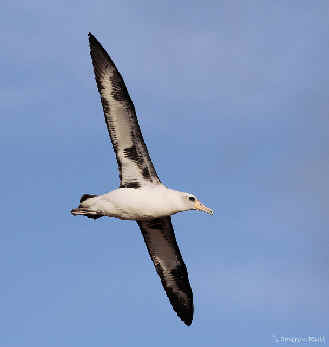
Laysan Albatross
(photo courtesy of Cameron Rutt)
- Short-tailed
(or Steller's) Albatross
(Ahodori = fool bird)
(t2) (JAeb) (*) (ph) ______ SS,FW
HN(po):jan,apr,may
Phoebastria
(formerly Diomedea)
albatrus
Regarding the SHORT-TAILED ALBATROSS, go to: RARE BIRDS OF JAPAN
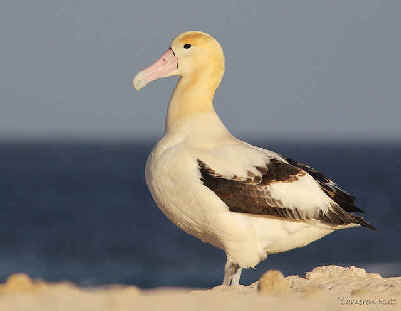
Short-tailed Albatross
(photo courtesy of Cameron Rutt)


 Japan
Birds
Japan
Birds














